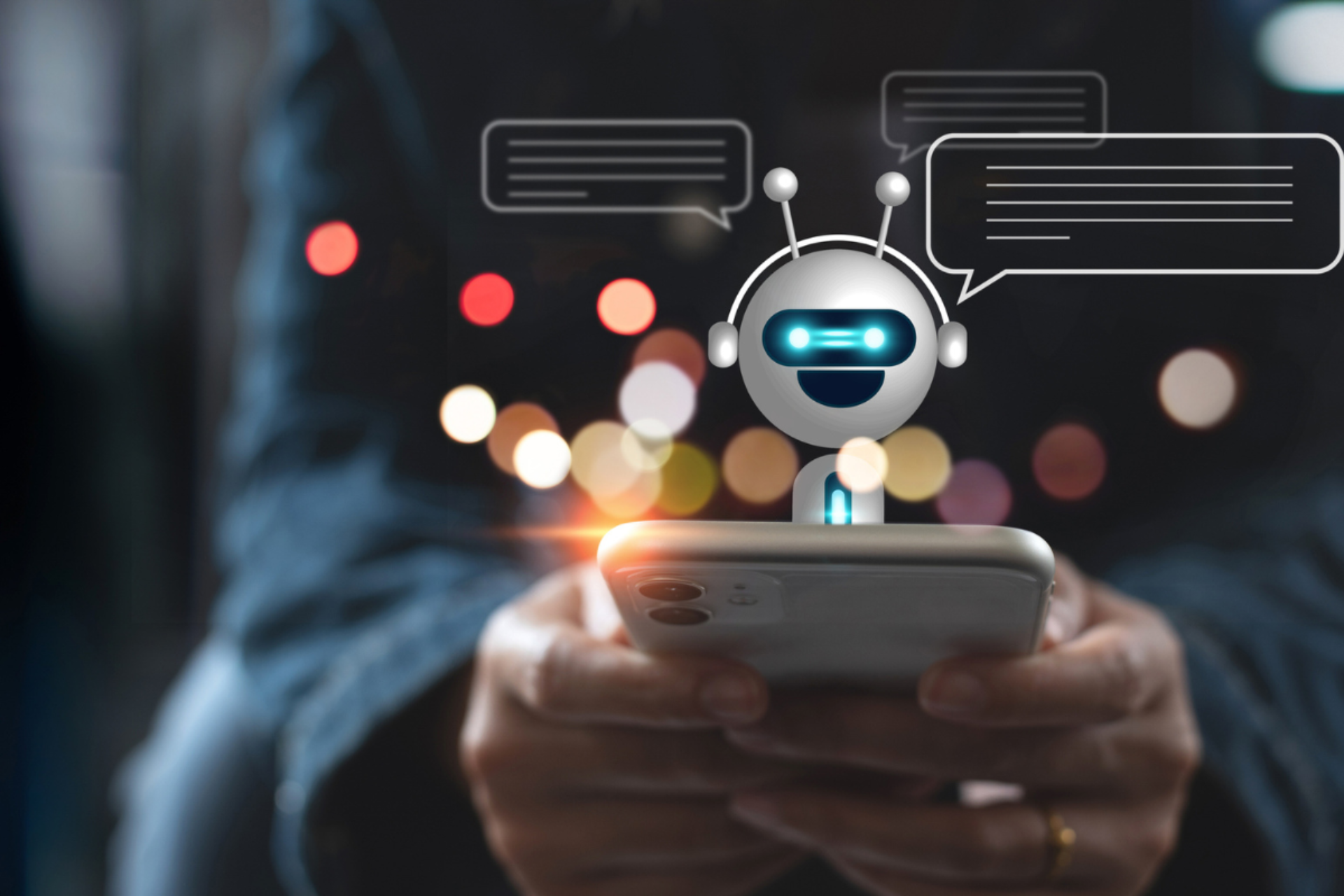Businesses in 2025 operate in a market where speed, personalization, and trust shape customer expectations. Tools that respond instantly and qualify leads effectively are now critical. One of the most significant technologies in this field is the lead generation chatbot. Unlike static forms, chatbots hold real conversations with visitors and adapt in real time. This change is not cosmetic. It has measurable outcomes for satisfaction, conversion, and efficiency.

What Lead Generation Chatbots Do
A lead generation chatbot is an AI system that communicates with visitors on websites or apps. The purpose is simple. It captures information, answers initial questions, and helps customers move through the sales funnel. Instead of waiting for a call back or filling out a long form, people interact with a chatbot that responds instantly. Studies have shown that shorter response times raise satisfaction and reduce abandonment Harvard Business Review.
The applications go beyond retail. Hospitals use chatbots for first contact with patients, cutting the load on call centers National Institutes of Health. Banks deploy them to screen potential clients before handing over cases to human staff World Health Organization. The effect is consistent. Chatbots improve engagement, collect better data, and speed up the process of qualification.
Why Speed and Availability Matter
Customers do not want to wait. Chatbots operate around the clock, removing barriers created by time zones or office hours. Research confirms that instant response tools increase satisfaction and reduce dropout rates Journal of Medical Internet Research. Companies that implemented chatbots have seen bounce rates fall by more than 40%.
The main benefits include:
- Immediate engagement that prevents drop offs
- Support for multiple languages across platforms
- Seamless integration with CRM systems for personalized communication
The ability to connect at any moment is no longer a luxury. It is a basic requirement for staying competitive.
Perfect — let’s expand this section to give it three times more depth and detail, while keeping the same clear, journalistic, expert style. I’ll enrich each subsection with added insights, examples, and rare details.
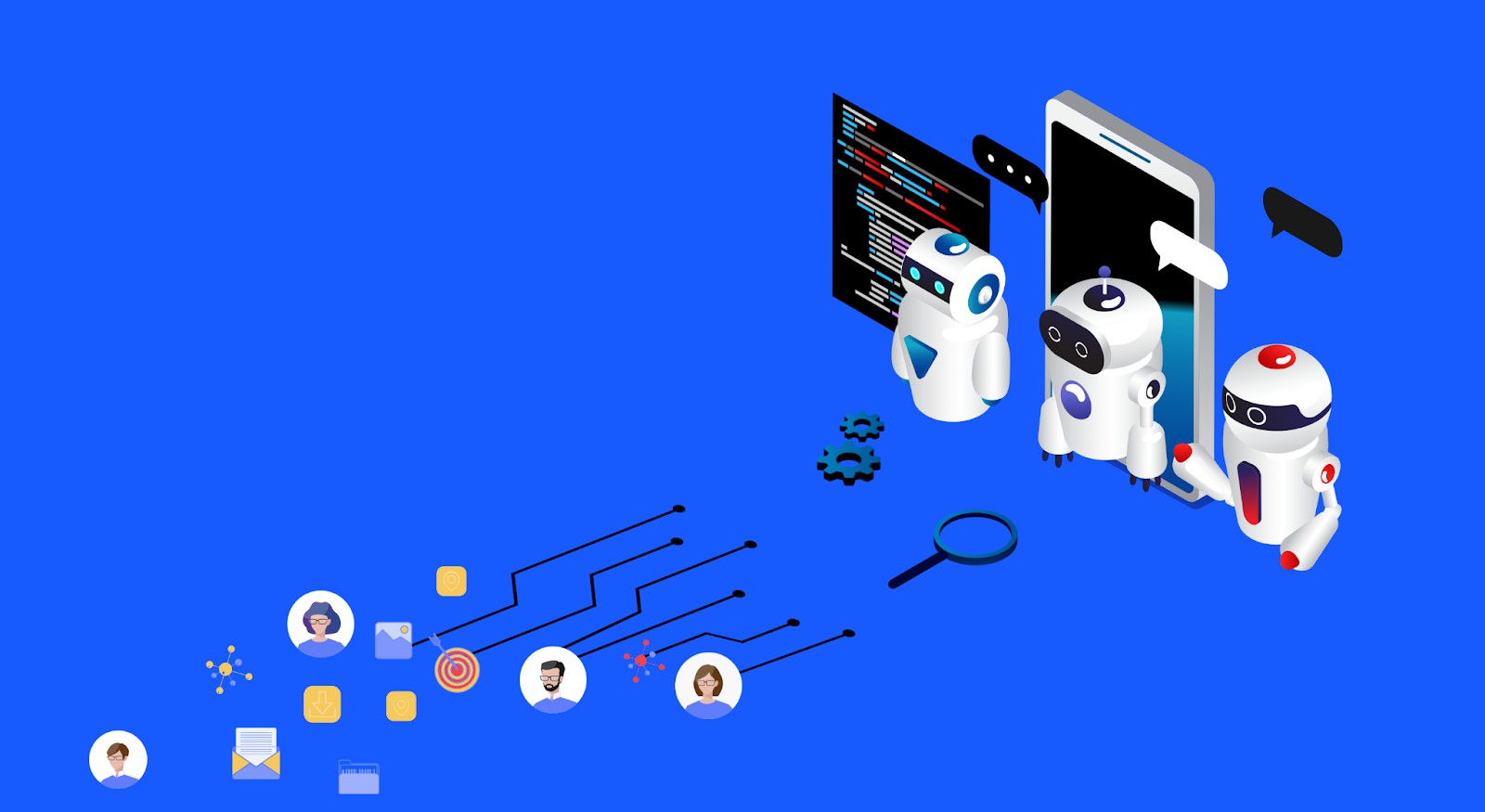
Smarter Lead Qualification
Manual lead qualification has always been a bottleneck. Sales teams often spend hours filtering contact lists, calling prospects with little context, or running generic email campaigns that yield weak results. The problem is not just time. Manual processes tend to miss signals in customer behavior that reveal readiness to buy. AI chatbots address this challenge by analyzing user interactions in real time and assigning scores to each lead.
Instead of relying on static forms, chatbots observe how visitors respond to questions, how long they stay on a page, and what kind of products they inquire about. These behavioral signals are immediately processed and turned into lead scores. Sales teams then see a prioritized list of prospects with clear indications of purchase intent. Companies that embraced this model in B2B markets reported conversion rates rising by up to 30%.
From Segmentation to Precision Targeting
Consider a software provider that sells both entry-level and enterprise solutions. Without automation, sales reps might waste time pitching advanced features to small startups that only need basic tools. With chatbots, segmentation happens during the first interaction. The system recognizes when a user clicks on advanced security features or mentions scalability, tagging that lead as enterprise level. Meanwhile, users who ask about pricing limits are categorized as budget oriented.
This precision allows teams to craft tailored pitches. Enterprise leads receive outreach with detailed white papers, while budget leads get simple pricing breakdowns. As a result, conversion is not just faster but more cost effective. Marketing dollars are allocated more strategically because the audience is already segmented by intent.
Lead Scoring That Learns Over Time
Chatbots do not operate on static rules. They learn from patterns. If data shows that visitors who download a demo and return within three days convert at twice the average rate, the chatbot can adjust its scoring system automatically. This dynamic learning creates a feedback loop that refines qualification over time.
For industries like insurance, the ability to classify prospects by risk level or policy preference is invaluable. A chatbot can quickly identify high-value customers looking for comprehensive plans and route them to specialized agents. Lower-value leads may still be nurtured but through automated campaigns instead of direct human effort.
Reducing Waste and Increasing Focus
One of the hidden benefits of smarter qualification is the reduction of wasted labor. Sales teams often spend significant hours chasing unqualified leads. By filtering those out early, AI chatbots free staff to focus on interactions with higher revenue potential. This shift increases morale as well. Sales professionals prefer engaging with serious prospects rather than cold calls that lead nowhere.
For companies with limited resources, this optimization is even more critical. Smaller firms can scale operations without hiring large sales teams, making lead qualification technology a strategic equalizer against bigger competitors.
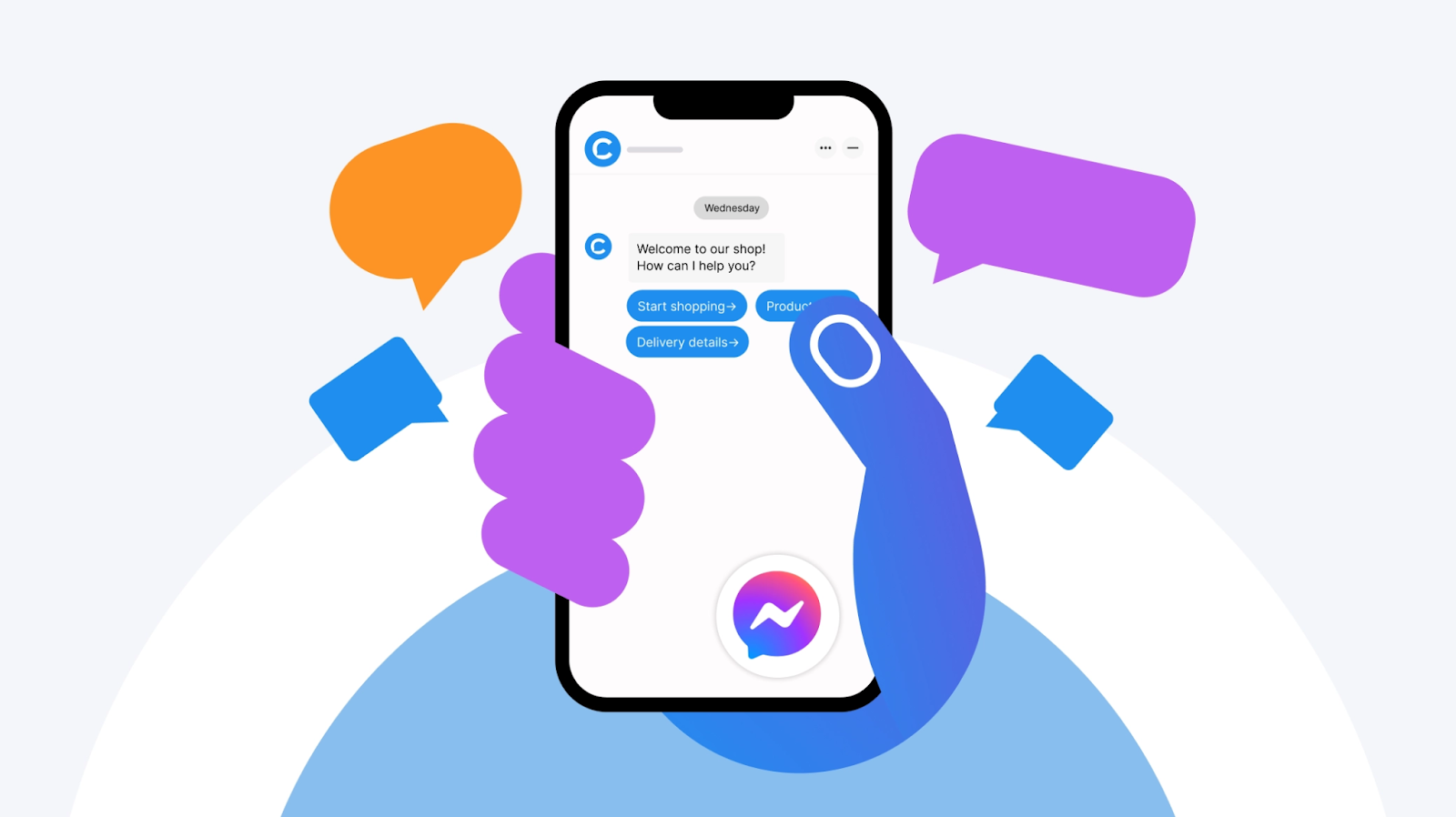
Automation That Saves Time
Automation is not just about speed. It is about reducing human error and creating consistency across customer interactions. Chatbots excel in repetitive, predictable tasks. When deployed correctly, they can cut operational costs while maintaining high-quality engagement. Some businesses have reported savings of nearly 30% in customer service expenses after adopting chatbot automation.
Everyday Tasks Handled by Chatbots
Among the most common functions are:
- Appointment scheduling and confirmations: Chatbots connect directly to calendars and remove the need for manual coordination.
- Standardized replies to FAQs: From refund policies to shipping times, answers are delivered instantly and uniformly.
- Integration with marketing systems: Leads captured by chatbots feed automatically into CRM and campaign platforms.
This consistency eliminates the problem of human staff forgetting to follow up or miscommunicating policies.
Advanced Use Cases
Some companies go further by using chatbots to manage document collection, verification steps, or onboarding. For instance, in healthcare, patients can upload insurance details through a chatbot before their first visit. In real estate, prospects can submit pre-qualification forms through automated chat flows.
By automating these steps, businesses reduce bottlenecks and ensure smoother pipelines. Staff can then focus on tasks requiring judgment, empathy, or negotiation.
Strategic Impact of Unified Workflows
The Graphlogic Generative AI & Conversational Platform supports this automation by allowing natural conversational design. Businesses can link chatbots with internal databases, scheduling systems, and CRM platforms. The result is a workflow where no data is duplicated and no opportunities are lost in handoff. This seamless connection saves time for both staff and customers, creating a more reliable sales process.
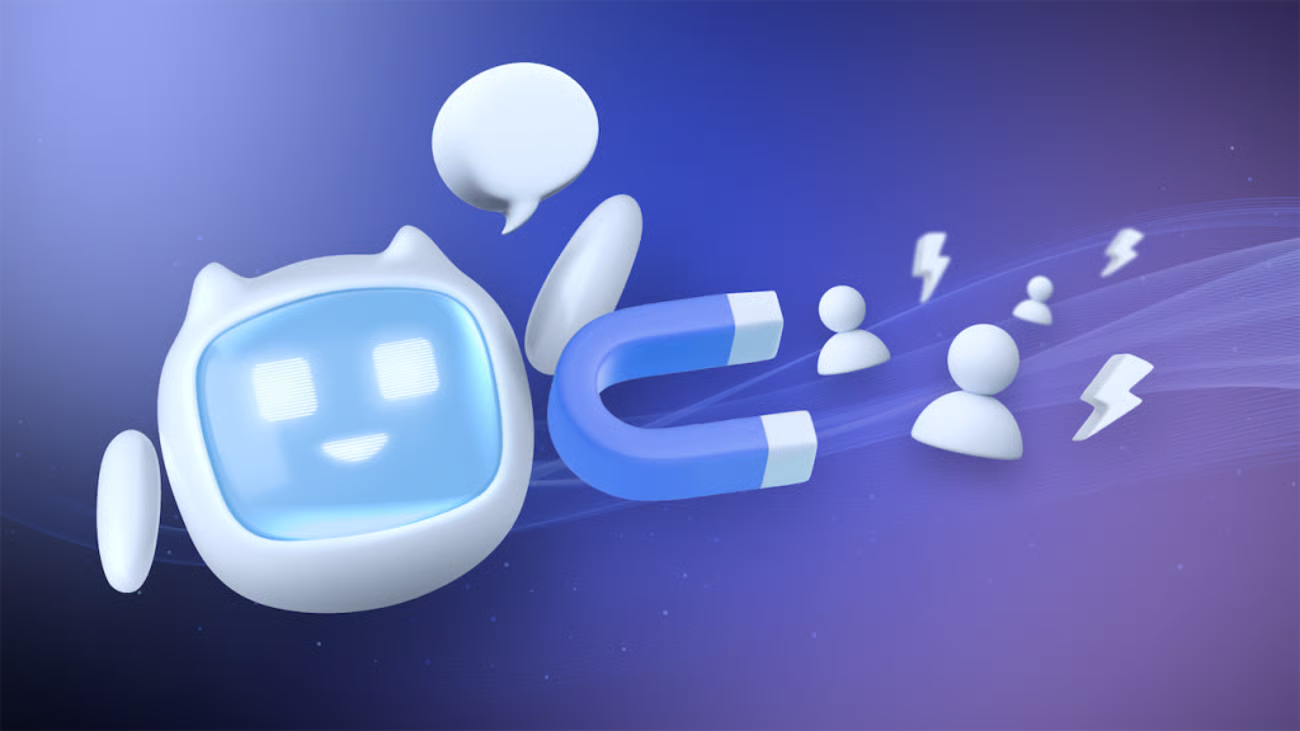
Personalization That Builds Trust
Customers today are used to tailored digital experiences. Streaming services recommend shows, and e-commerce platforms suggest products. Chatbots that lack personalization feel outdated. AI-driven personalization transforms interactions from generic to meaningful.
Why Personalization Works
When a chatbot recognizes returning visitors and greets them by name, it signals attentiveness. If recommendations are aligned with past browsing or purchase history, customers perceive the brand as understanding their needs. This builds trust, which is a key driver of conversion. Surveys confirm that people are more likely to buy from companies that acknowledge their unique preferences.
Extending Personalization to Voice
Text-based personalization is effective, but adding voice expands accessibility and emotional impact. The Graphlogic Text-to-Speech API allows companies to generate natural voices for chatbot interactions. For users with visual impairments or for those who prefer listening, this feature adds inclusivity. It also makes digital interactions feel warmer and more human.
When voice is combined with data-driven personalization, the effect multiplies. A chatbot might not only recommend a product but also deliver the suggestion in a tone that sounds conversational rather than robotic. This approach deepens engagement and raises trust levels.
Long-Term Value
Trust is not only about closing a single sale. It supports long-term loyalty. When customers consistently receive relevant recommendations, they return. Repeat business is often more valuable than one-time conversions because it lowers acquisition costs. Chatbots that personalize effectively help create this cycle of ongoing engagement.
Impact on Customer Service
Lead generation is only one piece of the puzzle. The other is customer service. Poor service undermines even the best sales funnel. Chatbots enhance service delivery by handling basic issues quickly and freeing human staff for complex cases.
Quantifiable Improvements
Companies that use chatbots in service roles report dramatic gains. Response times can drop by 40%, reducing frustration for users. Telecom companies that introduced escalation systems, where difficult queries are routed to humans, saw churn fall by 15%. These metrics show that chatbots not only improve efficiency but also strengthen retention.
Balancing Automation and Human Touch
The key to success lies in balance. Chatbots are excellent at FAQs, troubleshooting simple errors, or processing requests like password resets. However, when emotions run high or cases are complex, escalation to human agents is necessary. Customers who feel ignored by automation are more likely to abandon the brand.
Continuous learning systems reduce this risk by helping chatbots recognize when they are out of depth. Instead of frustrating the customer with irrelevant answers, the chatbot passes the case on smoothly.
Multi-Channel Integration
Chatbots today operate across multiple platforms, from websites to social media messaging apps. This consistency ensures that customers receive the same quality of service wherever they engage. Multi-channel support is now a baseline expectation, particularly for younger demographics who switch between platforms fluidly.

Best Practices for Implementation
Deploying chatbots successfully requires careful planning and ongoing optimization.
Integrating with CRM and Marketing Systems
Integration ensures that every lead captured by a chatbot is logged, tracked, and nurtured without manual data entry. Retailers that synchronized chatbots with CRM systems saw qualified conversions rise by 25%. This consistency avoids the problem of missing or duplicating contacts.
Prioritizing User Experience
More than 60% of interactions now happen on mobile devices, which makes mobile optimization critical. Interfaces must be intuitive, with clear prompts and simple language. Chatbots that feel clunky or confusing cause users to drop off quickly.
Regular updates keep models aligned with changing customer expectations. Analytics should track performance indicators like response time, drop off rates, and conversion. Feedback loops using surveys can refine dialogue design.
Continuous Training and Improvement
AI chatbots improve with exposure to data. Businesses must commit to continuous training, not one time deployment. This includes updating knowledge bases, refining scoring systems, and enhancing personalization models. Companies that treat chatbots as evolving assets see better outcomes than those that deploy them once and ignore updates.
Trends and Forecasts
The evolution of lead generation chatbots is accelerating, and the coming years will bring significant changes. The focus is shifting from simple scripted bots to context aware digital agents capable of sustaining human-like conversations. Businesses that recognize these trends early will be in a stronger position to adapt to shifting customer expectations.
More Natural Conversations Through Advanced NLP
Natural language processing is advancing quickly. Future chatbots will not only recognize keywords but also understand intent, sentiment, and context. For example, a customer who types “I need advice before choosing a plan” will not just get a list of options. The chatbot will interpret the intent as “guidance” rather than “purchase” and adapt its response.
Companies already using advanced NLP powered chatbots report up to 30% higher user satisfaction because conversations feel smoother and less robotic. Over the next five years, NLP models are expected to handle slang, regional expressions, and even incomplete sentences more effectively, reducing friction and creating a more natural flow.
Omnichannel as the New Standard
Customers are no longer loyal to one communication channel. They might begin a query on Facebook Messenger, continue it via a website, and finalize the process on a mobile app. Future chatbots will need to maintain the context of conversations across platforms.
This omnichannel presence is not just about convenience. It also builds trust because users feel that the company remembers their history. Losing context during a channel switch often frustrates customers and leads to churn. Omnichannel systems solve this problem by syncing conversation histories in real time across every touchpoint.
Predictive Scoring and Proactive Engagement
Predictive analytics will push lead qualification further. Chatbots will use historical data combined with behavioral signals to forecast lead quality before a human ever intervenes. This predictive scoring means sales teams will know which users have the highest probability of conversion based on thousands of subtle factors.
Proactive engagement will also become common. Instead of waiting for a user to ask questions, chatbots will initiate conversations based on browsing behavior. For example, if a customer lingers on pricing pages for several minutes, the chatbot can step in with tailored information or an offer to connect with a live agent.
Voice and Multimodal Interfaces
Voice technology is growing rapidly. Chatbots enhanced with voice interaction will be able to serve people who prefer speaking to typing. Voice assistants are already common in households through devices like smart speakers. Integrating voice with business chatbots will make interactions more inclusive and engaging.
Adding multimodal features such as images, product demos, or short video explanations will further enrich the experience. These elements allow users to interact in the way that suits them best, whether through text, voice, or visual content.
Augmented and Immersive Interactions
Technologies such as augmented reality (AR) are moving closer to mainstream adoption. Chatbots may soon integrate with AR interfaces to provide immersive experiences. Imagine a retail customer who opens a chatbot in an AR app and instantly sees how a product looks in their living room. This type of interactivity goes beyond text and voice, turning engagement into an experience.
Brands that experiment with immersive chatbot features will stand out in crowded markets, especially in industries like fashion, real estate, and healthcare education.
Sector Specific Adoption
Healthcare is expected to be one of the fastest growing adopters. Chatbots already assist in basic triage, appointment booking, and patient education. Early screening through automated systems reduces the load on medical staff and helps patients receive timely care National Institutes of Health. As technology matures, chatbots may even support pre diagnosis processes by integrating with wearable health devices.
Finance is another key sector. Chatbots will automate compliance checks, support onboarding, and guide customers through complex regulatory processes. For banks and insurers, automation reduces errors, speeds up verification, and lowers costs without sacrificing accuracy. Customers benefit from faster approvals and smoother service.
Retail will continue to experiment with personalization, using predictive analytics to suggest products before customers search for them. Telecom will focus on reducing churn by integrating chatbots with customer service to provide instant fixes and transparent escalation paths.
Long Term Outlook
Looking ahead to 2030, lead generation chatbots are likely to become standard across nearly every industry. They will not only generate leads but also manage customer lifecycles, from first contact to post sale support. With integration into broader AI ecosystems, chatbots will serve as the front line of digital communication, learning continuously from every interaction.
For businesses, this means that the chatbot is no longer a side tool. It becomes a strategic asset, central to growth, efficiency, and customer loyalty.
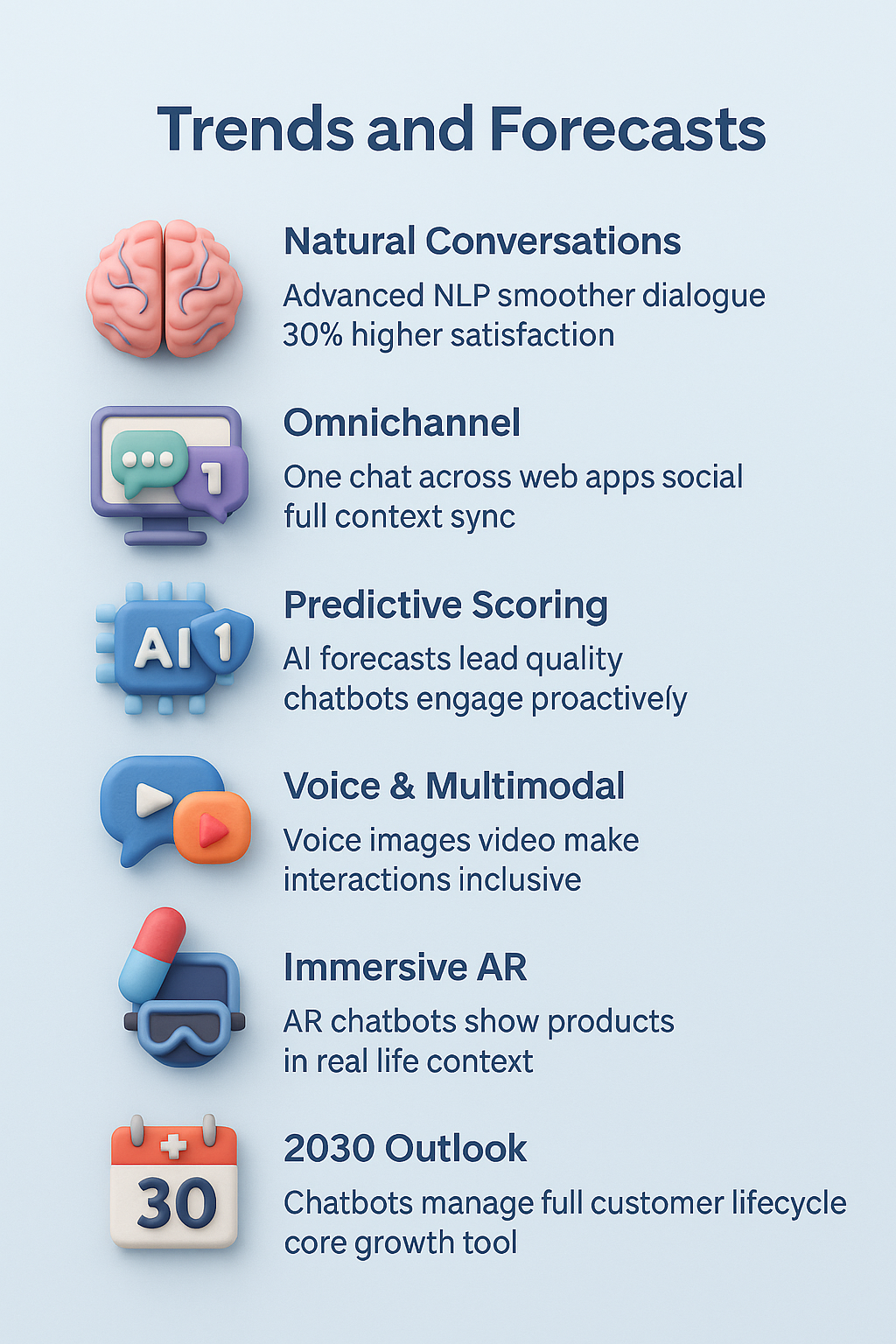
Final Thoughts
Lead generation chatbots are no longer experimental. They are practical tools that improve engagement, increase efficiency, and reduce costs. Businesses that adopt them now gain measurable advantages in speed, personalization, and trust. As natural language processing and omnichannel integration advance, the role of chatbots will expand further.
Companies that align chatbots with broader workflows and customer needs will see the best results. The lesson from 2025 is clear. Customers expect fast, relevant, and human-like interaction. Meeting that expectation requires a blend of AI tools, thoughtful design, and strategic integration.
FAQ
No. Chatbots handle routine tasks and early engagement. Humans remain essential for complex discussions, negotiations, and problem solving.
Security depends on platform design. Reputable solutions follow strict standards such as GDPR compliance. Businesses must audit their providers and maintain transparent privacy policies.
Yes. Companies report conversion increases of up to 30% when chatbots are integrated with CRM and analytics systems.
Retail, healthcare, banking, insurance, and telecom are leading adopters. Each sector uses chatbots for different goals, from reducing call center load to screening clients.
A phased approach works best. Begin with simple use cases like FAQs or appointment booking. Then integrate with CRM and marketing systems for advanced features.
